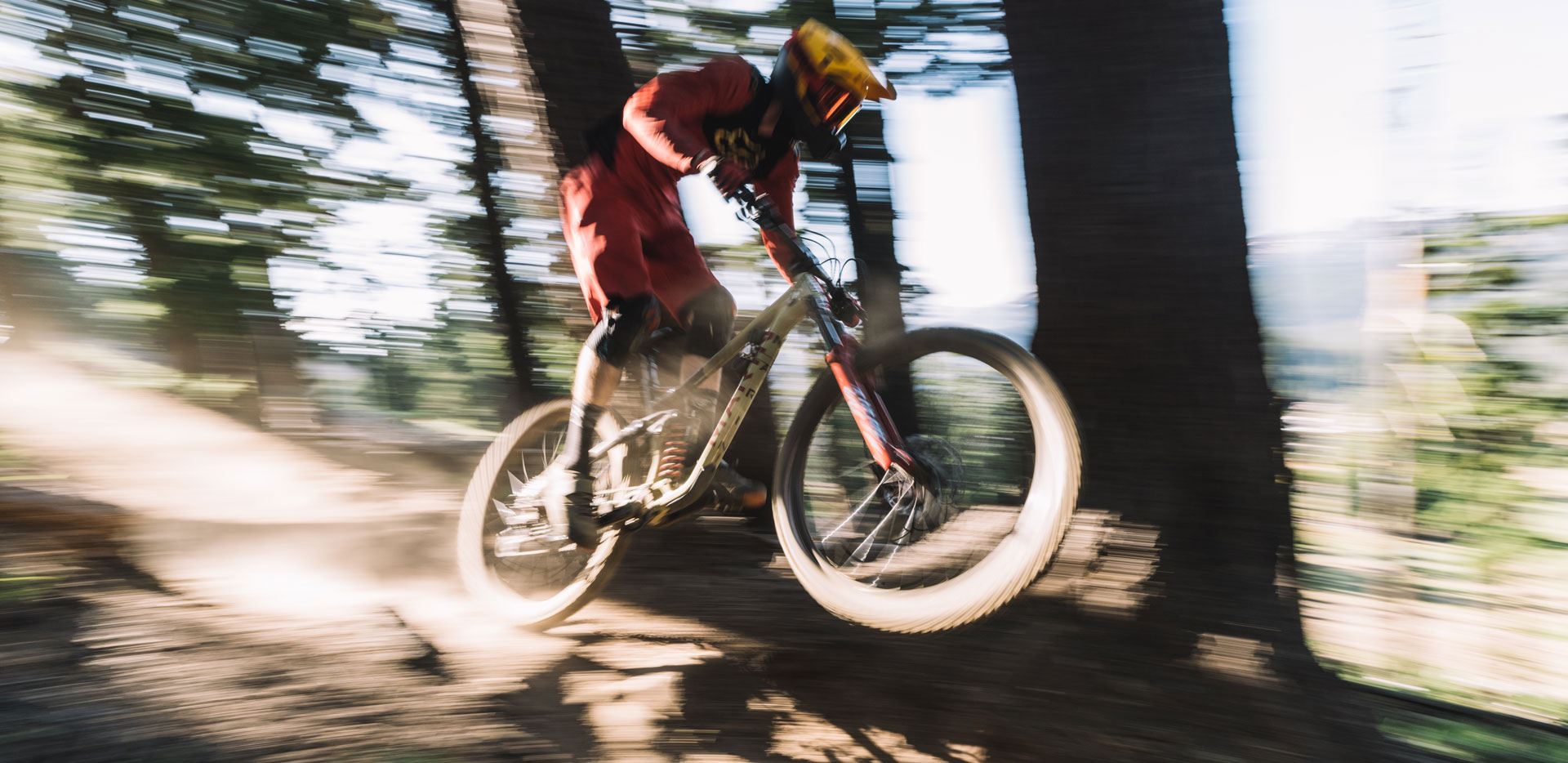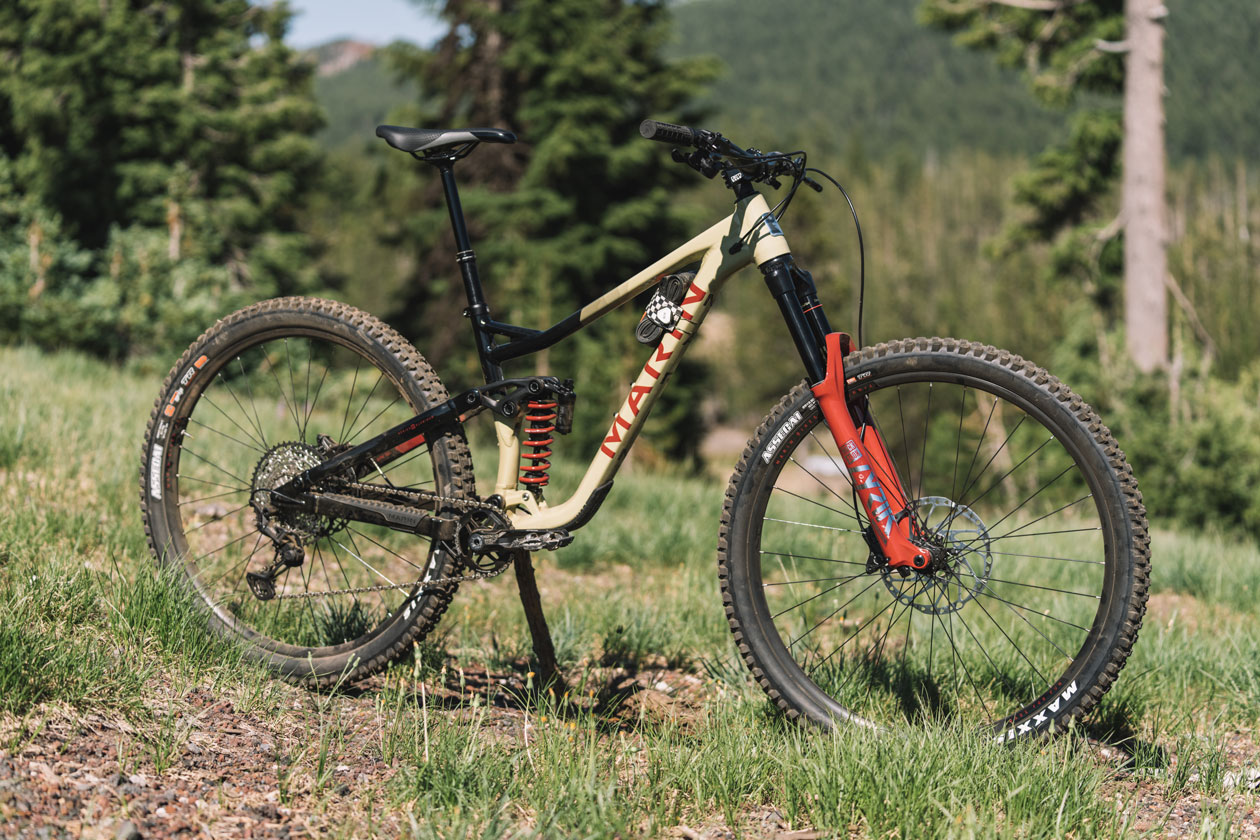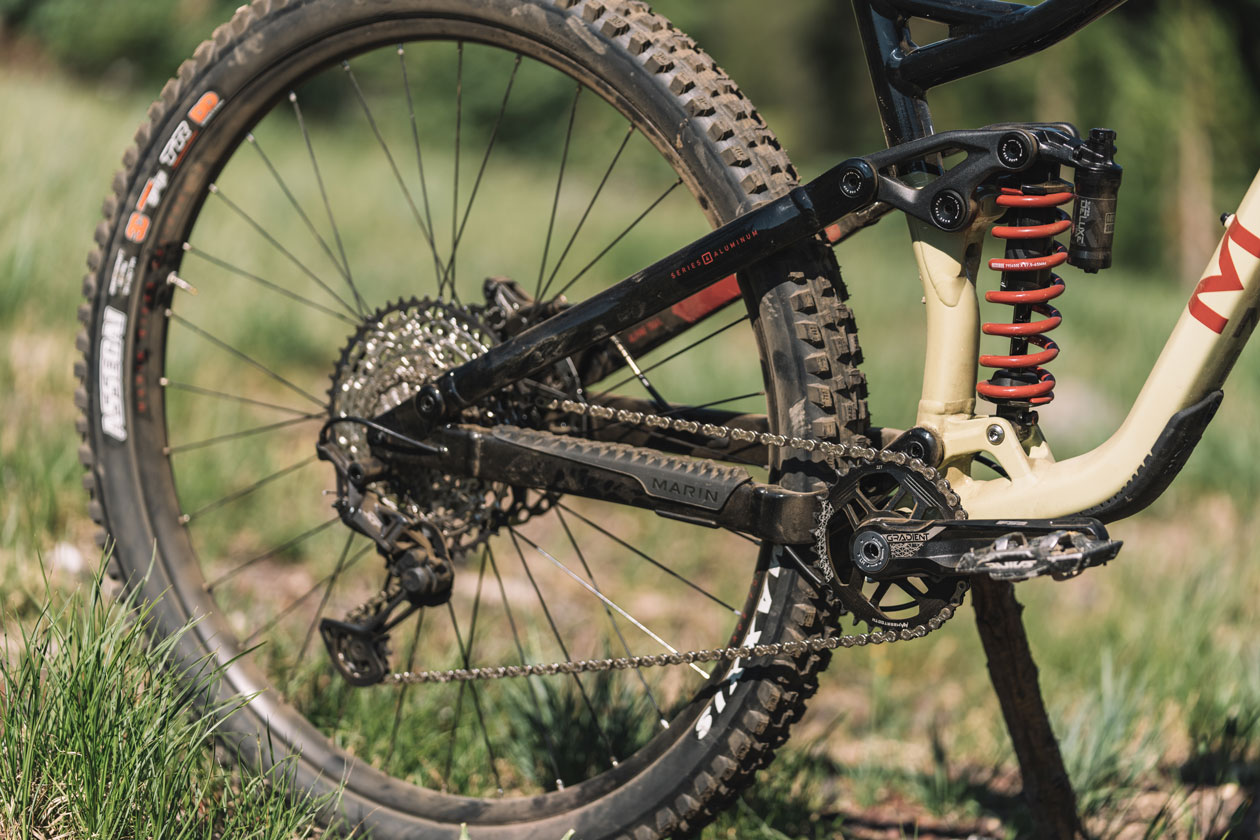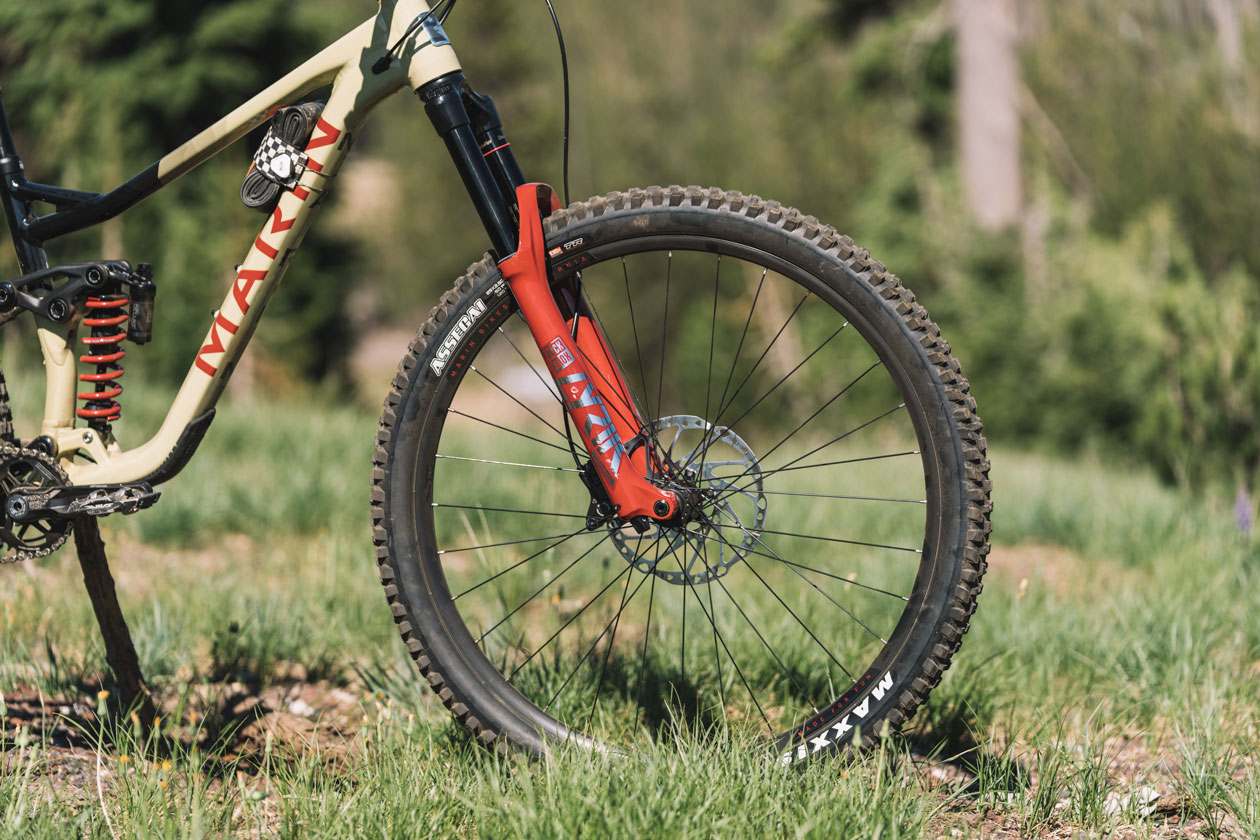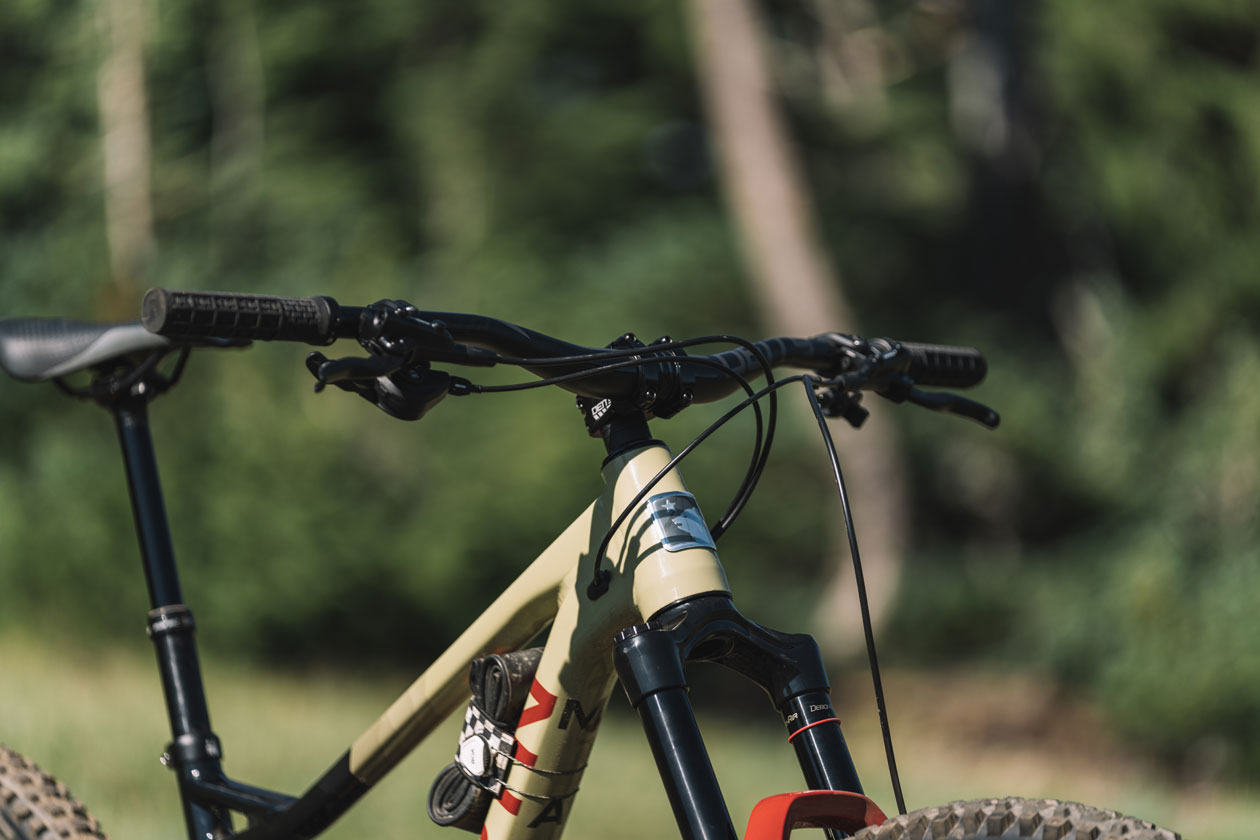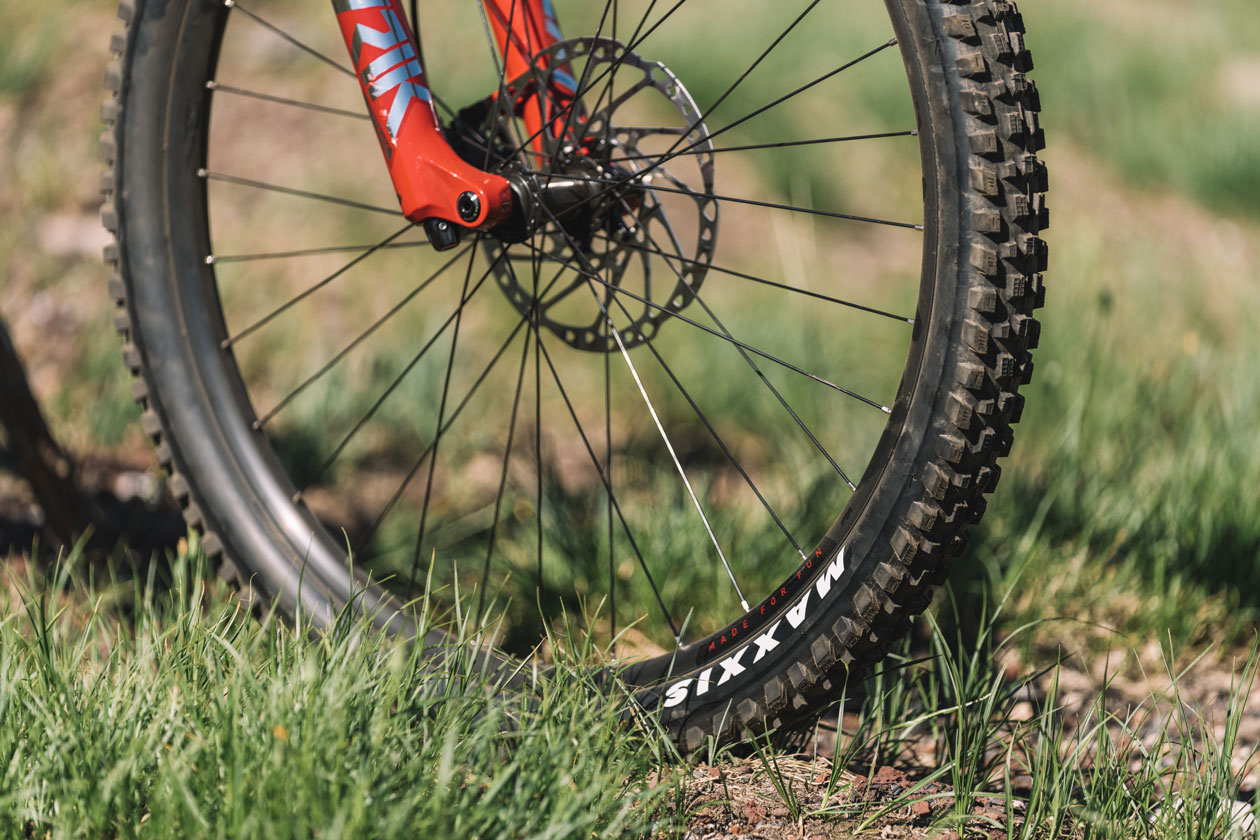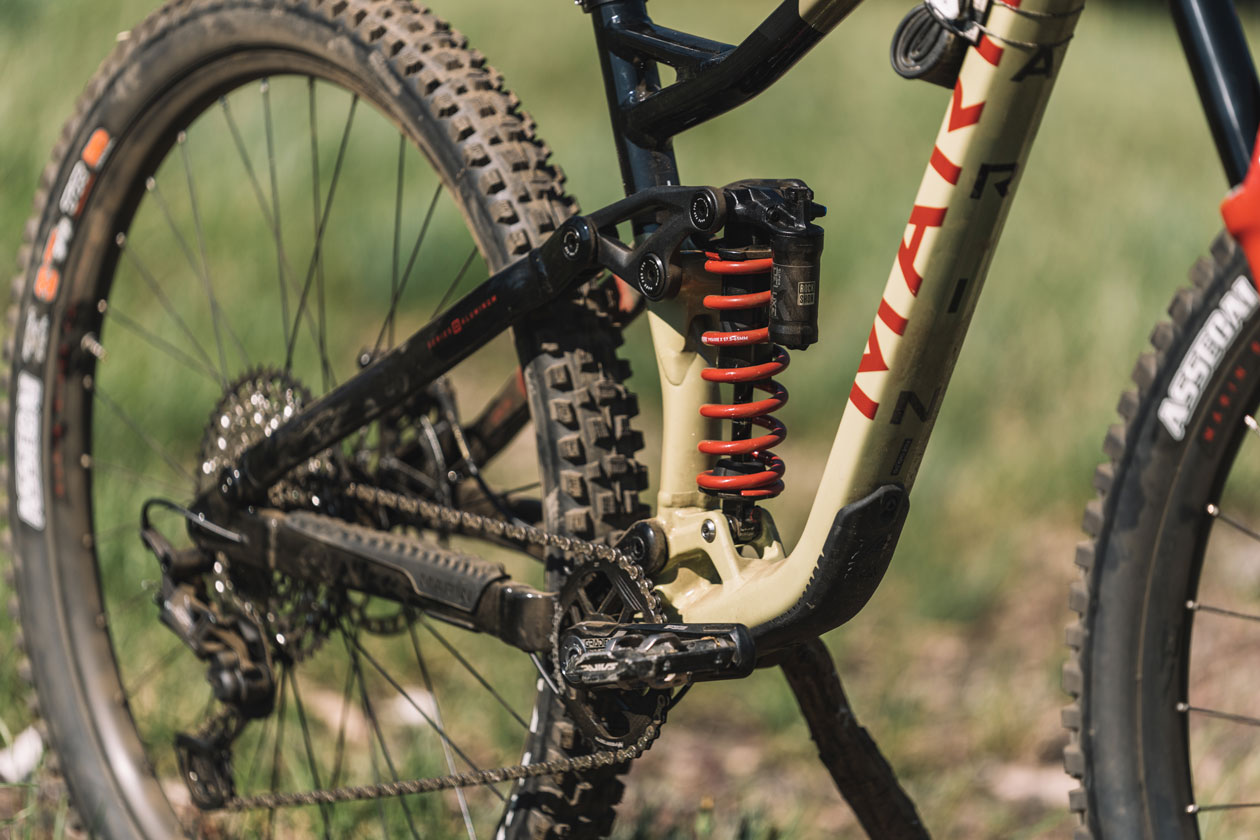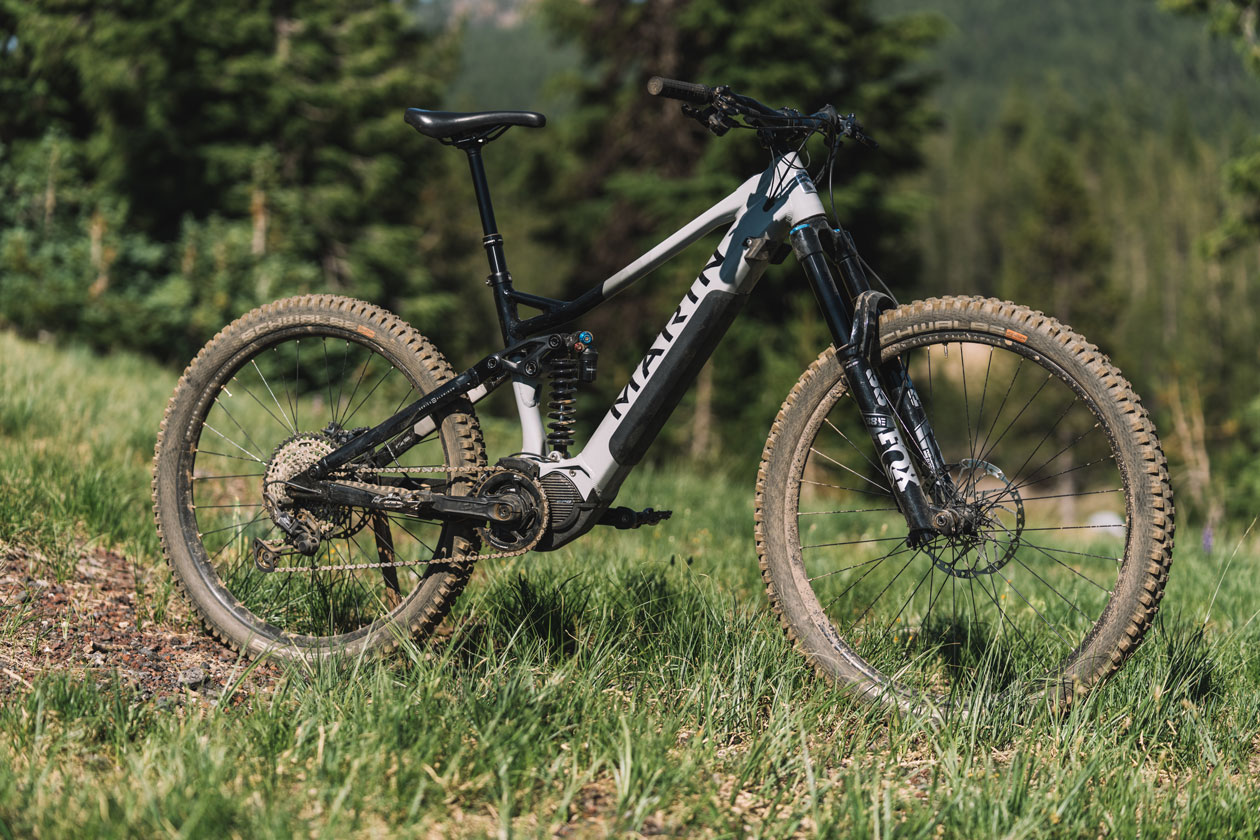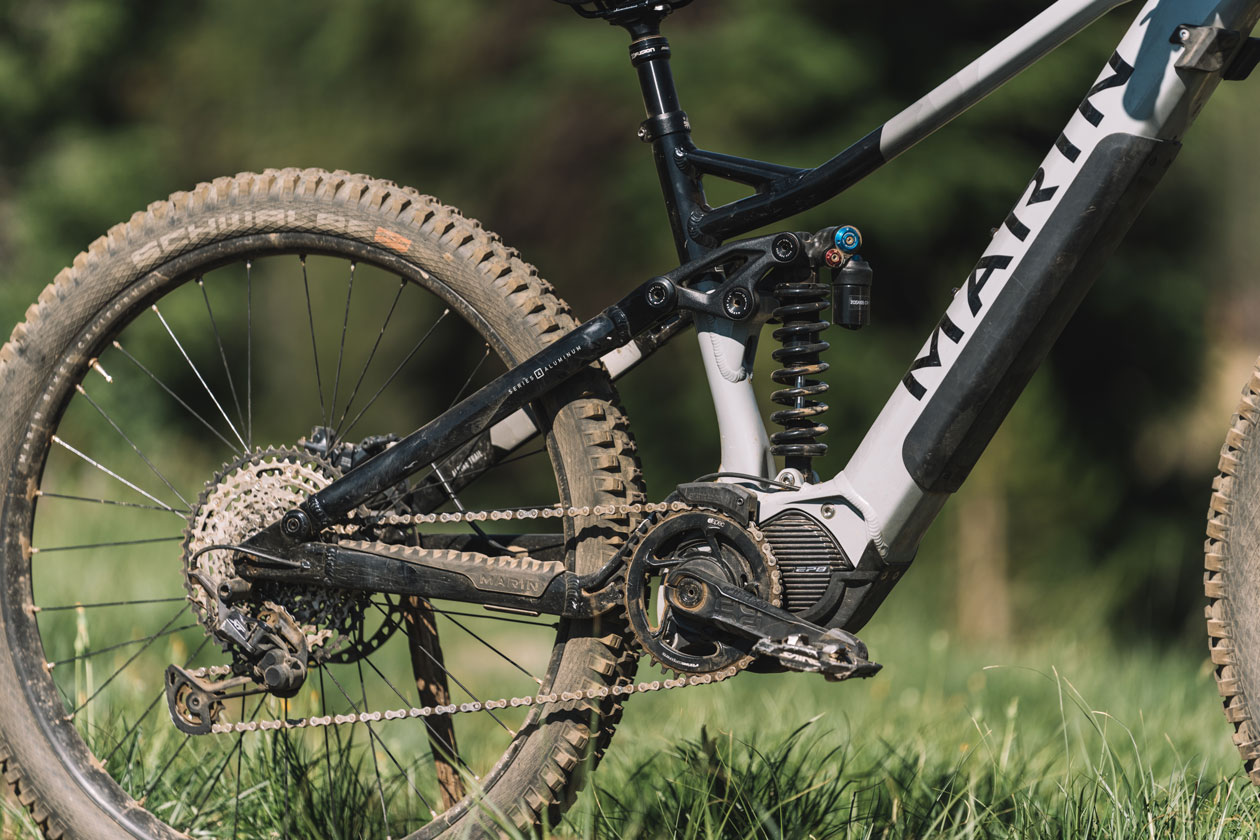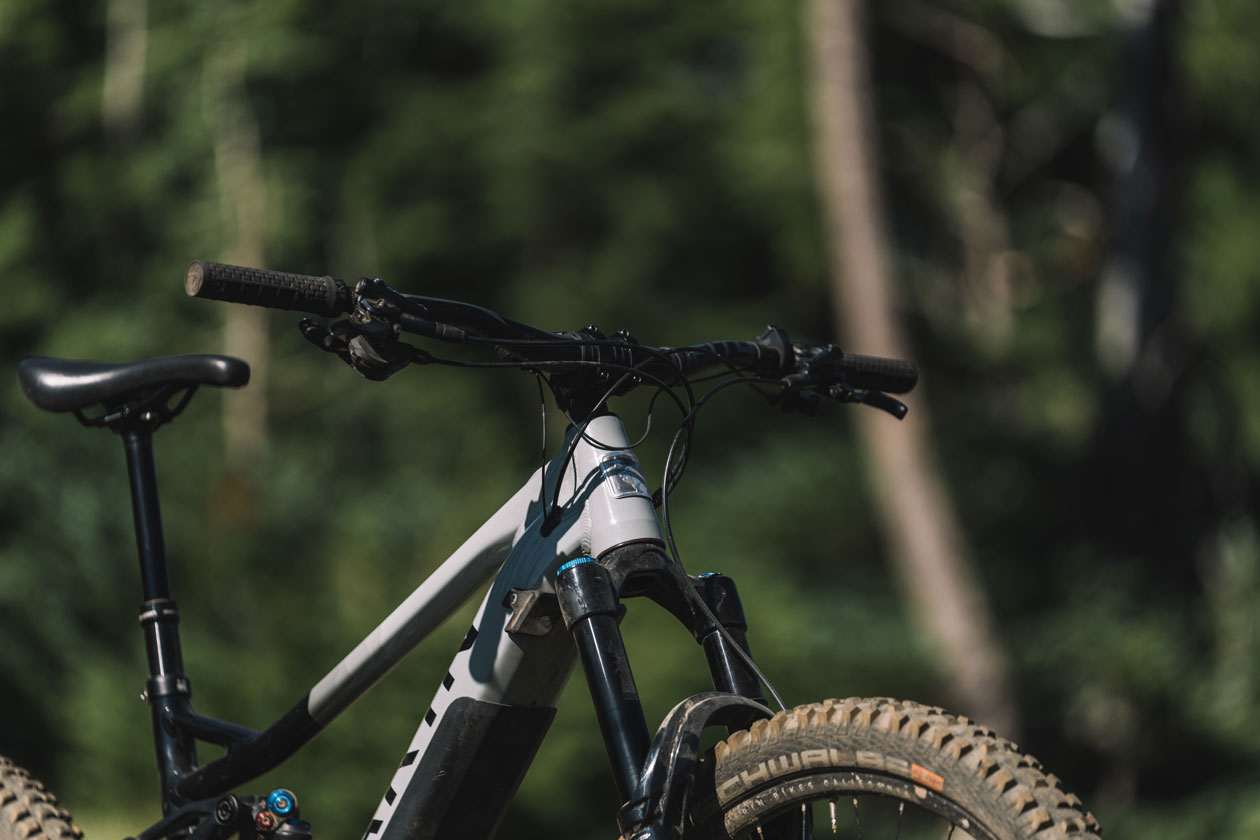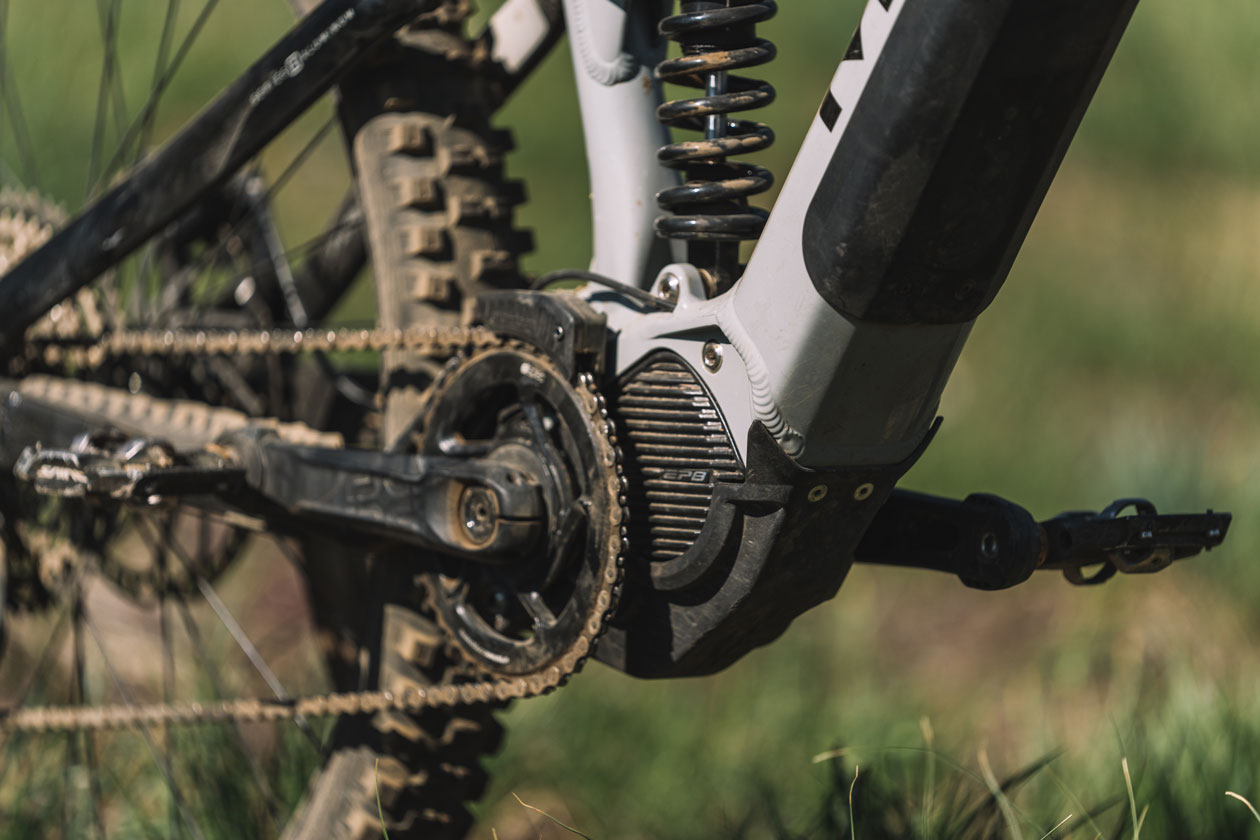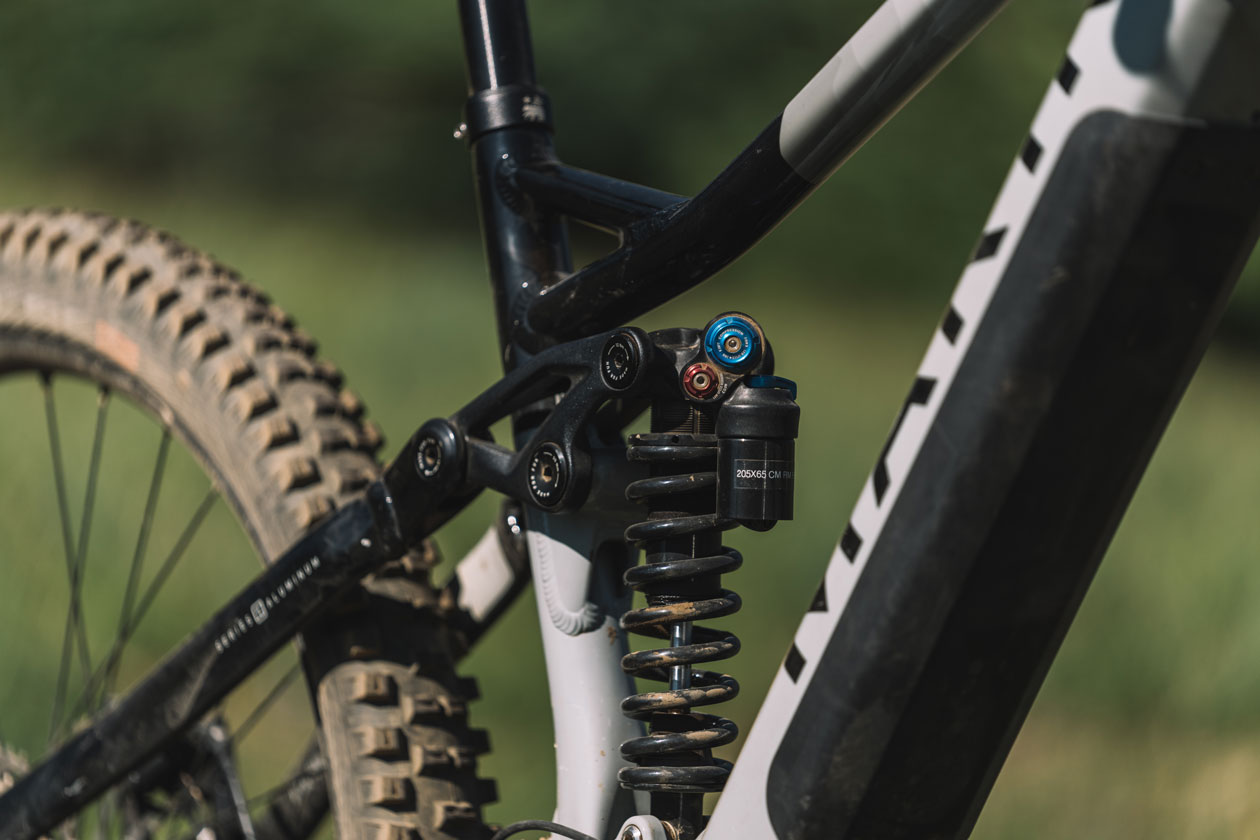
HEAD TO HEAD
MARIN ALPINE TRAIL XR VS. ALPINE TRAIL E2
FUN FACTOR AND THE POWER HOUR
Words by Drew Rohde
Photos & Video by Eric Winkler
SPONSORED CONTENT
Over the last few years, we have spent more and more time riding eMTBs on trails we used to ride on analog bikes, as well as venturing to new places we have never touched. In that time, we went from being poor, eBike haters to filthy rich eMTB lovers who are riding way more miles with way more smiles. Most all these statements are true, except the part about us being rich sell-outs…we wish that were true. As mountain bikes have progressed year after year, so have eMTBs and honestly, we think they have probably improved faster than their analog counterparts. We decided to reach out to Marin with an idea to pit two nearly identical bikes against each other to see just how similar and different these two disciplines are.
The theory was that we would have a lot more fun and playful experience aboard the lighter Marin Alpine Trail XR whereas the Alpine Trail E2 would assuredly give us more laps and mileage, but at the sacrifice of being too heavy and boring on the jump lines. We set out to Sky Park Bike Park near Lake Arrowhead, California to put our theory to the test. Would this pedal-accessed bike park be more fun on the XR or the E2? Place your bets, cash or Bitcoin, A vs E. Let us meet the gladiators.
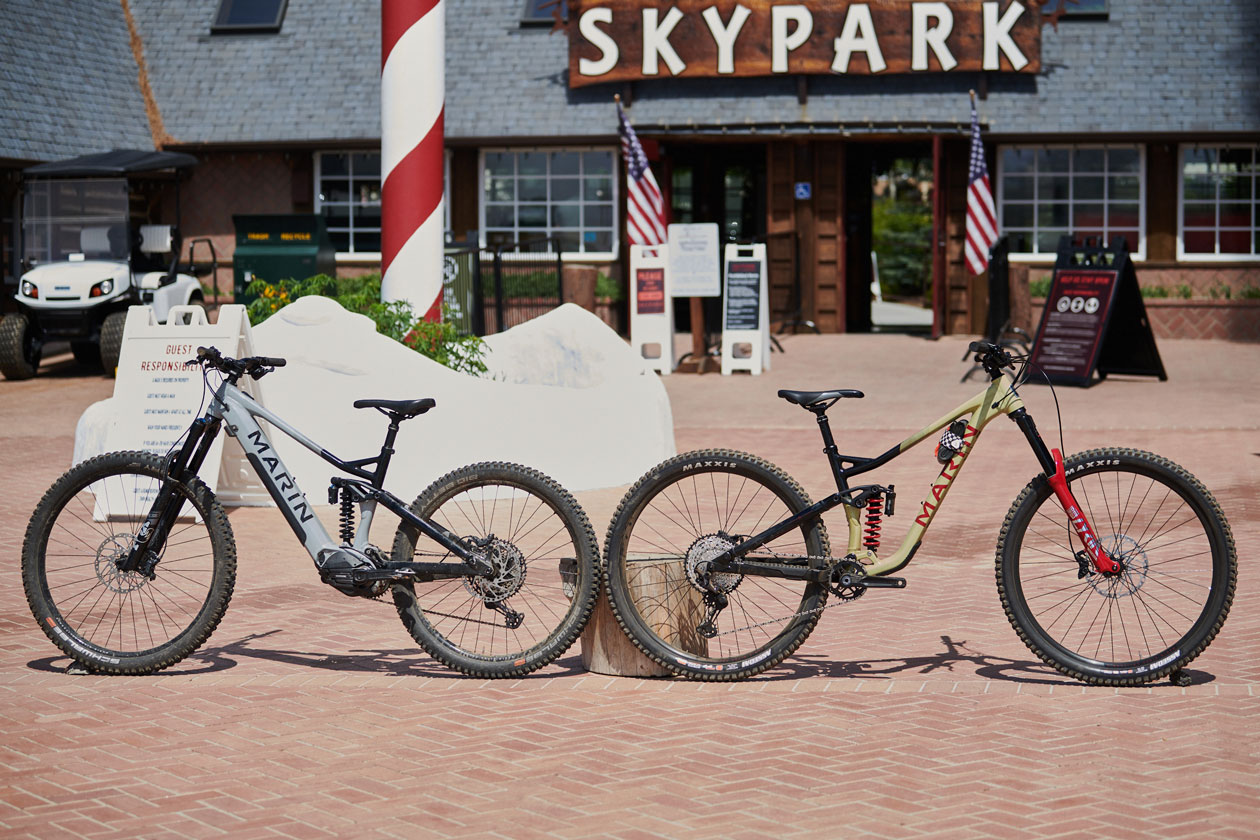
THE COMPETITORS
Both of our Marin test bikes have a very similar silhouette thanks to their shared suspension system, ignoring the accoutrements of the E2’s motor and battery which add some bulk to the lower half of the frame. Both of Marin’s Series 4 alloy frames utilize their Multitrac, linkage driven single pivot suspension system, with 150mm of travel controlled by a coil sprung shock. Up front are 29” wheels mounted to 160mm travel forks, though the E2 sees a boost in stanchion diameter to 38mm vs the XR’s 35mm, adding extra capability and control of the increased weight due to the motor and battery. The drivetrains are also very comparable, with them sharing a 12spd Shimano M7100 SLX shifter paired to a 10-51t cassette and XT M8100 derailleur; as are the wheels…well, almost… which feature the same Shimano hubs laced to Marin branded rims. Rounding off the similarities are the Raceface Aeffect R cockpits and X-Fusion Manic dropper posts.
The difference in the wheels and one of the key differences between the bikes is the size of the rear wheel, with the XR running on a pair of 29” hoops and the E2 instead opting for a mullet setup with a 27.5” bringing up the rear. This allows Marin to keep the overall geometry of the bikes very close, with the smaller wheel negating the need to add significant length to the chainstays to allow a 29er to clear the Shimano STEPS EP8 drive unit.
The human-powered Marin Alpine Trail XR sports a 480mm reach, 632mm stack and short 425mm seat tube for the size Large tested. A raked out 63.5-degree head angle, steep 78 degree seat angle, slammed 35mm bottom bracket drop producing a 342mm BB height, and 430mm chainstays are shared across the size range. These produce decidedly modern wheelbase numbers such as the 1,256mm on our Large.
Accounting for the motor and smaller rear wheel, Marin tweaked the geometry of the Alpine Trail E2 to add some further aggression and balance out the 5mm longer chainstays that still sit at a relatively tight 435mm. The head angle slackens half a degree to 63 degrees; the reach grows an extra 5mm to 485mm; and the BB drop sits at 28mm below the axles. This produces a slightly lower 340.5mm bottom bracket height from the ground, and totals up to a 1,264mm wheelbase. Shared with the XR are the 425mm seat tube lengths and angle that sits at 78 degrees, and the stack is effectively the same at 631mm.
Back to the specs, and what sets the XR and E2 bikes apart and begins to address their $3,829 and $6,299 respective price tags. To be fair however, Marin does offer the Alpine Trail E1, which has a more affordable spec and retails for $4,899. The most obvious differentiator is the inclusion of a Shimano STEPS EP8 motor on the E2, with the internal BT-8036 630Wh battery stowed inside the beefier downtube. The unit offers 250W of power with a peak 85Nm of torque to quadruple the rider’s input when hammering the pedals.
The XR is exclusively powered by your legs, allowing for a significant financial savings and reduction of overall weight. The suspension packages are very different between the two bikes: the XR sees a RockShox Lyrik Ultimate paired to a SuperDeluxe Coil Ultimate RCT shock. The E2 is equipped with a Fox 38 Performance Elite and DHX2 shock – both certainly high performance suspension setups that are ready to take a thrashing. Although the rear portion of the drivetrain is the same, the cranksets differ, with the XR sporting a 170mm FSA Gradient unit with 32t chainring and the E2, a 165mm E13 E*Spec Plus crank with a 38t chainring. The two bikes share a Maxxis Assegai 29×2.5” MaxxTerra EXO+ front tire, but the XR features a full-grip Assegai 29×2.5” MaxxGrip Double Down out back. The E2 instead opts to go plus-size with its DHR2 27.5×2.8” MaxxTerra EXO+.
One of the most crucial differences in performance came from the different brake specs between the two bikes: the XR sees a non-series Shimano BR-MT420/BL-M4100 4-piston brake set with a 203mm rotor up front paired to a 180mm in the back. Marin gives the E2 a set of Shimano SLX 4-piston brakes with 203mm rotors on both ends. The last of the differences come from the saddle spec, with a Marin Speed Concept on the XR and a Marin E-MTB saddle on the E2. At these respective price points, both bikes certainly provide a good bang-for-your-buck, although we think the E2 has a slightly nicer spec in a few areas that also nod to a more expensive price tag, along with that whole motor and battery thing.
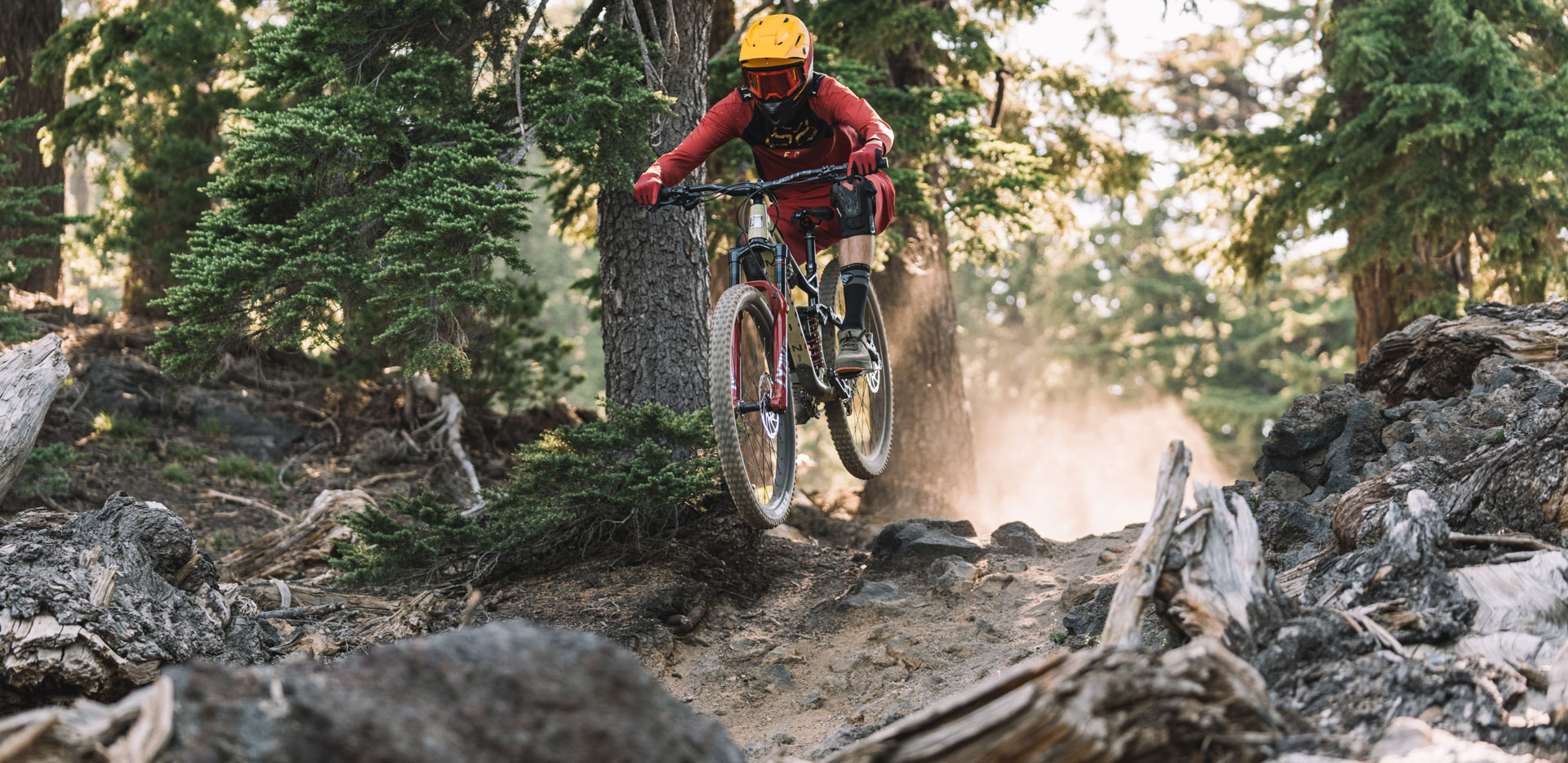
THE TEST
We chose to visit Sky Park Bike Park because it offered us the ability to quickly repeat test loops in a controlled environment, with a relatively short climb and then access three different types of trails for our downhill tests.
This one-hour challenge would have me testing my fitness, skills and on-board fun meter to see how the two bikes would compare. I would climb up the hill, first descend down Arrow, which is a great flow trail with some minor tech and jumps, G-inducing berms and a couple gaps if you’re going fast enough. After that I would climb back up and pedal over to Comet, the park’s longer enduro racetrack with a lot of great features both natural and man-made.
After that I would take the shortened, but steep Bear Tracks Upline and begin lapping their signature jump trail, Neverland. My goal was to get at least two laps on Neverland after finishing the other two laps.
To give myself the best advantage possible, I started out on the Alpine Trail XR and would follow up with the Alpine Trail E2, since after all, I’d be “cheating” for the second portion.
THE RESULTS
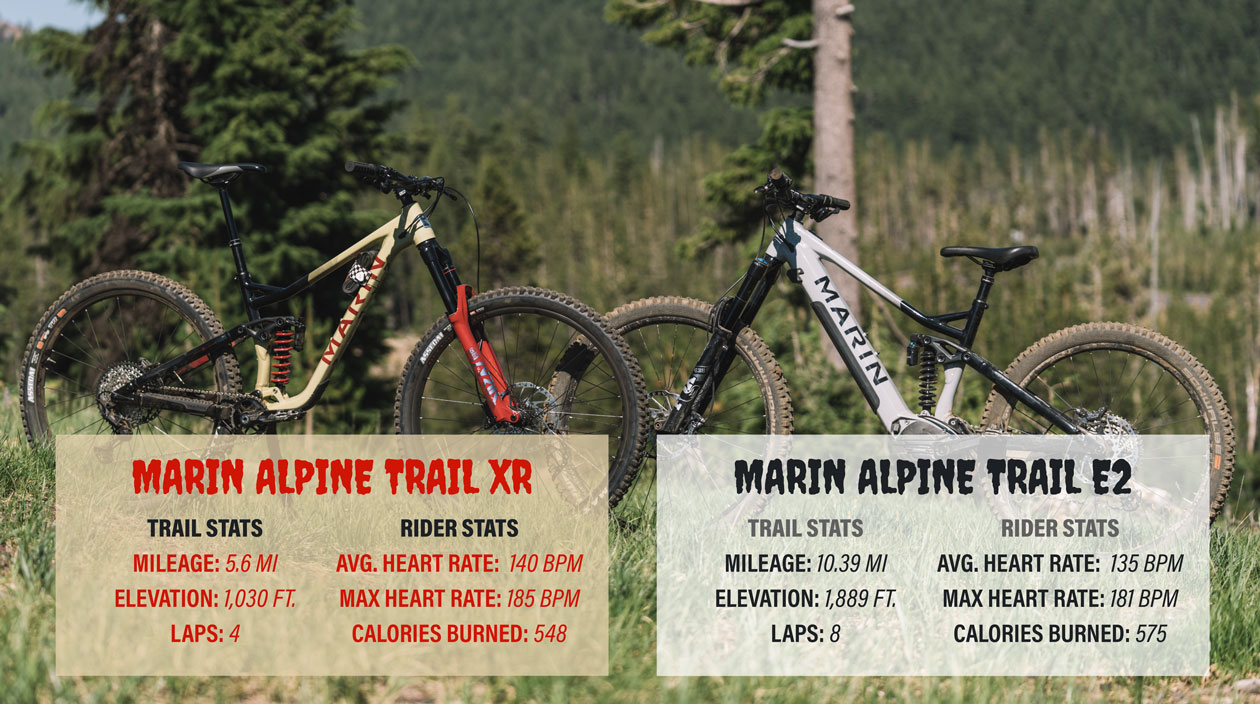
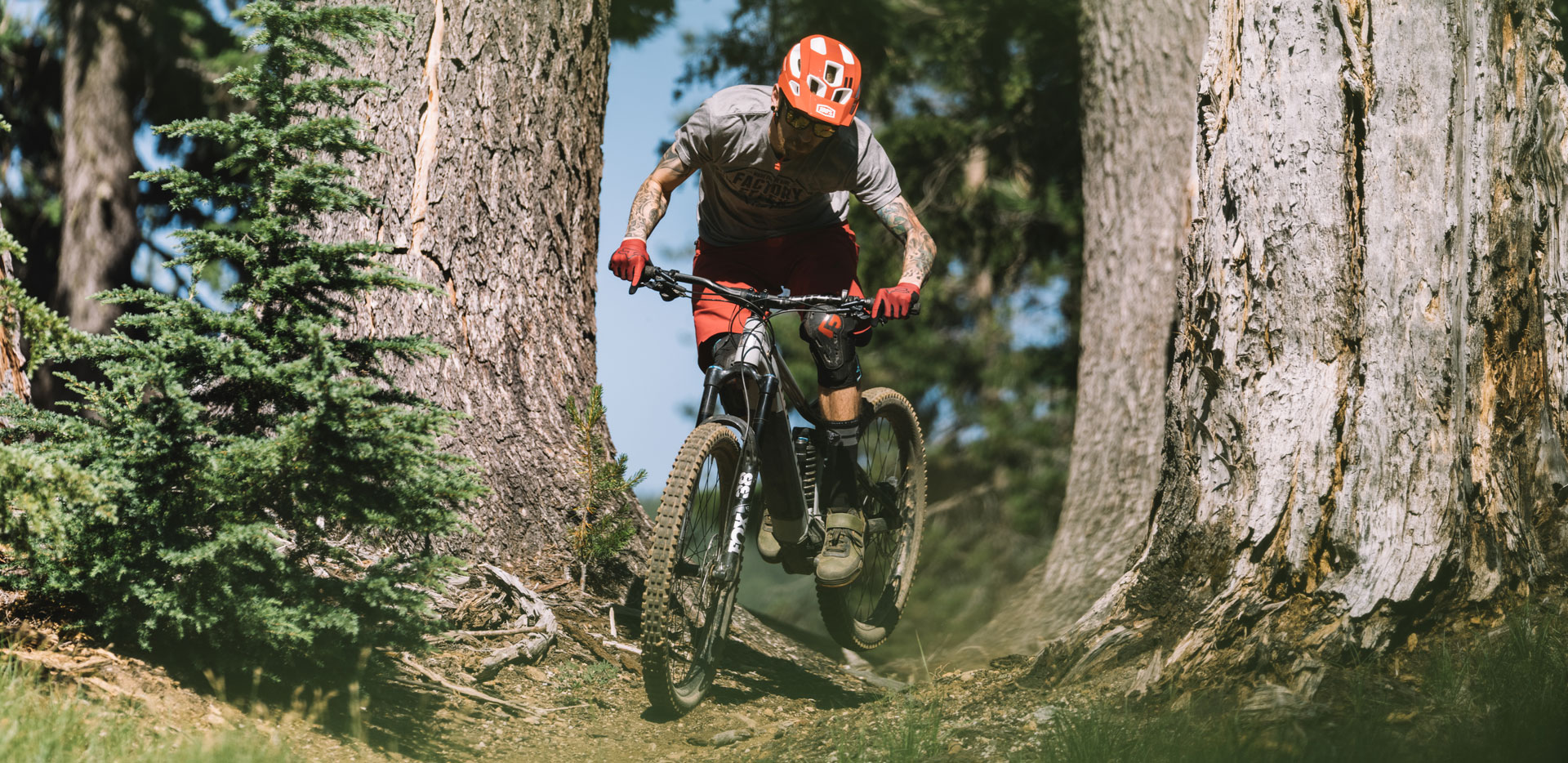
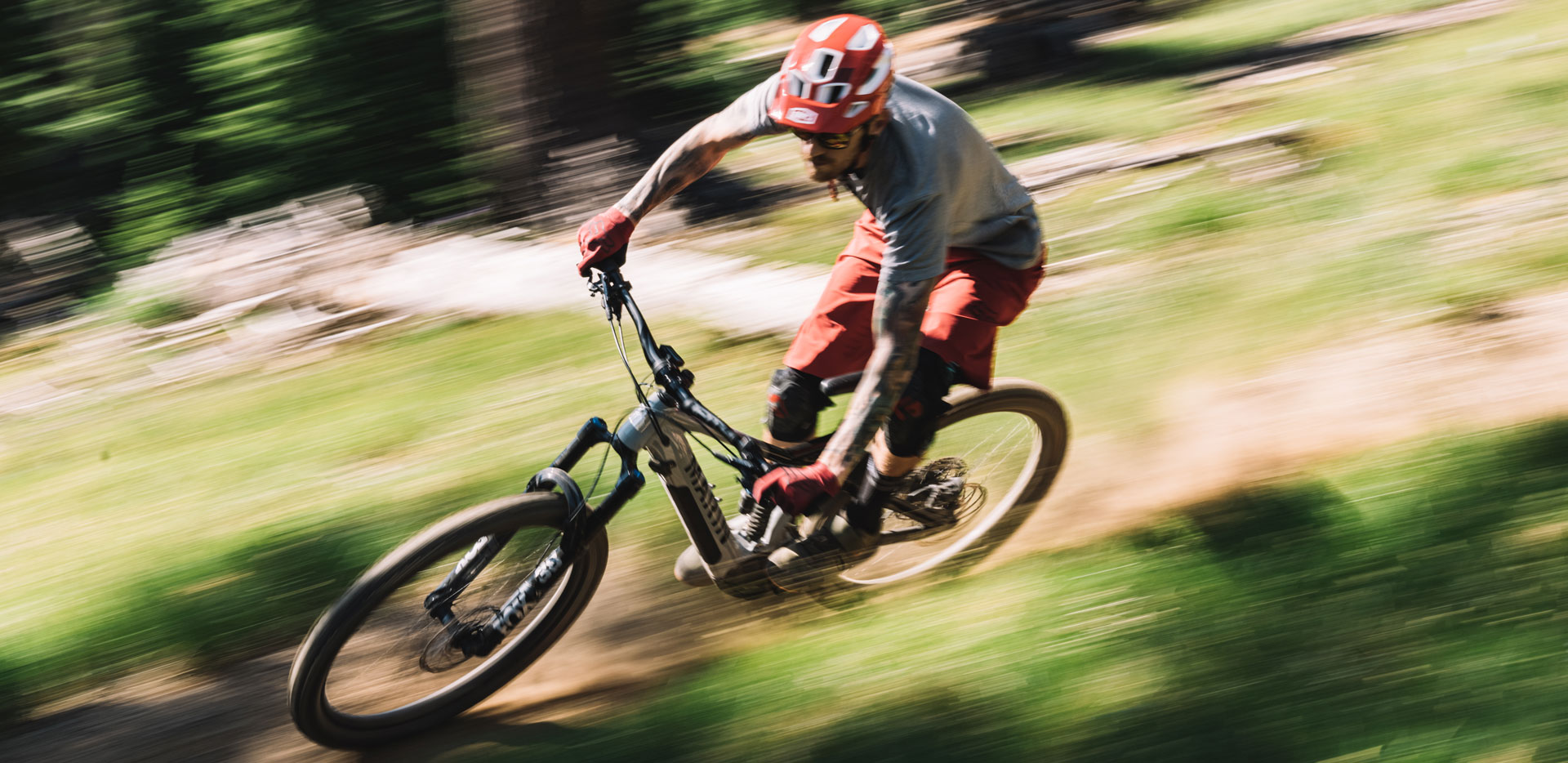
The Wolf’s Last Word
I was convinced that I was going to have more fun on the trail, with the Alpine Trail XR but the amount of fun I was going to have on the E2, just due to the increase in laps, would outweigh that slight advantage. In some ways I was right, in other ways I was quite surprised. The Marin Alpine Trail XR was not actually that much more fun on Sky Park’s relatively lower gradient trails. Perhaps it was the Assegai’s tires or the terrain, but the bike generally felt slower and less energetic than I had anticipated. This is in no way a knock on the bike, it just needs to have the right terrain beneath it to really come alive. In the shorter bits of steep, chunky gnar found on comet, or high-speed jumps like those on Neverland, the bike is a riot!
However, the ability to quickly and easily keep the Marin Alpine Trail E2 at 12-20mph on even flatter trails, meant I was making gaps, boosting jumps and generally smiling a whole lot more. This was something I was not expecting. I was pleased that my guesses on total laps was spot on, and as I expected, the fact I could hit a jump line with a couple dozen jumps twice as many times, means I had twice as much fun. There is still a place where analog bikes will excel, and those are some of my favorite places and types of terrain to ride, but I am realizing that eMTBs may just be the way to go for everything else. Much like how I used to have a DH bike for my favorite trails and an all ’rounder for everything else, I think my new quiver would include a daily eMTB for 140-160mm rides and then a DH or super aggressive bike for hitting shuttles or bike parks on super gnarly stuff.
Be sure to check out the video and let us know what you think.
For more info on these two awesome machines, visit marinbikes.com
